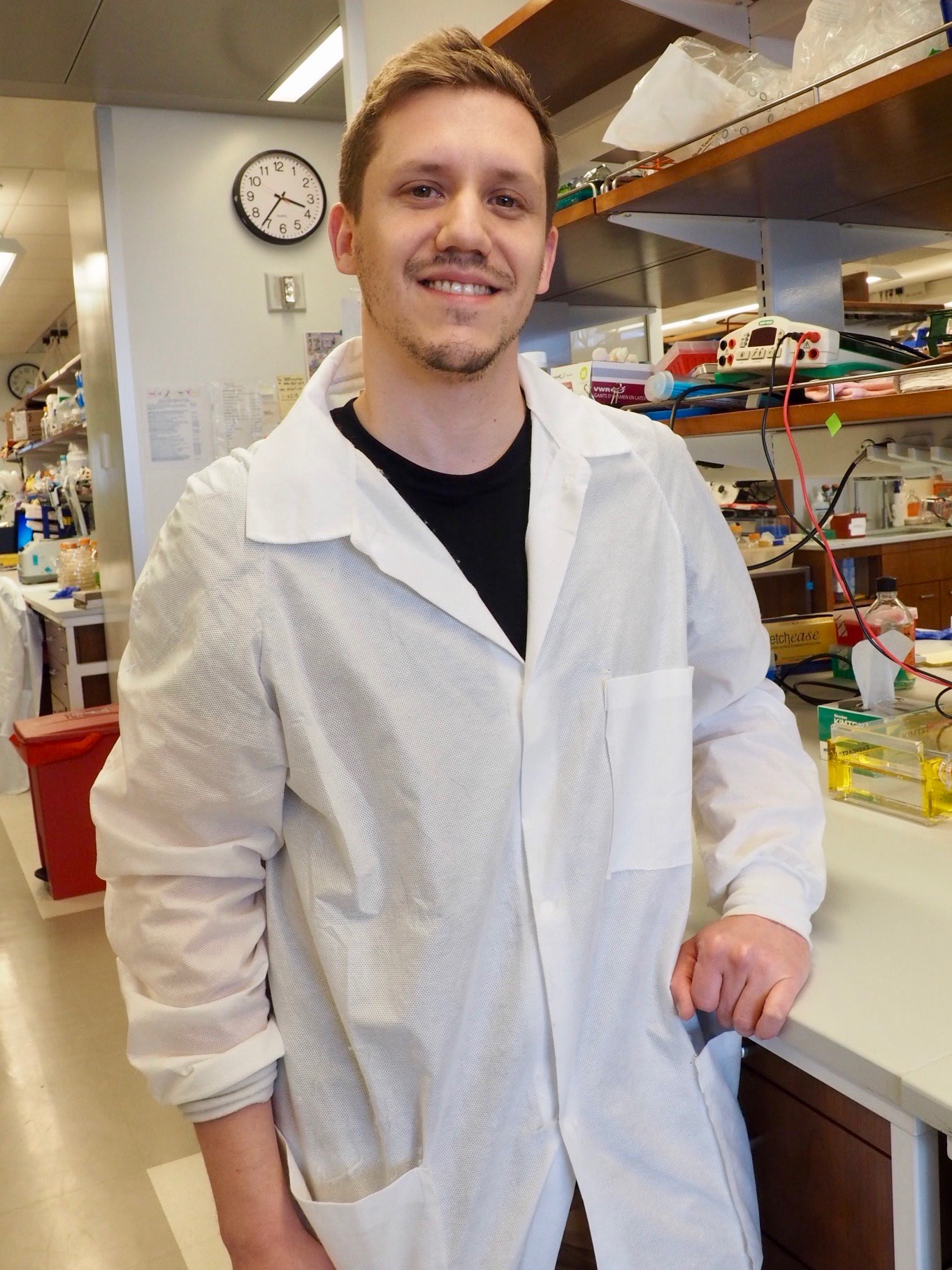
Reliable Phenotypic Detection of Pyrazinamide-Resistant Tuberculosis
TB treatment consists in a quadruple-therapy in which the antibiotic pyrazinamide (PZA) plays a pivotal role. The inclusion of PZA in the TB drug regimen achieved a drastic reduction of therapy duration (from 9 to 6 months). PZA stands out by its sterilizing activity due in part to its potent activity against Mycobacterium tuberculosis (Mtb) residing in difficult-to-sterilize necrotic lesions. Whole genome sequencing studies have shown that PZA resistance may occur in 3 to 42.1% of TB cases and is often due to a mutation in the bacterial gene pncA (>80%) which is required for PZA activation. Unfortunately, the high diversity of pncA mutations challenges the setup of molecular diagnostics for the detection of PZA-resistant TB. Moreover, despite its exceptional activity in vivo, PZA is notorious for its poor activity against Mtb in vitro. This renders PZA growth inhibition assays unreliable and therefore severely hinders the phenotypic detection of PZA-resistant TB. Altogether, the molecular or phenotypic detection of PZA-resistant TB is not routinely done in the clinic labs. The lack of systematic detection of PZA-resistant TB was shown to reduce patient survival and prevents the global monitoring of PZA resistance.
We have reported that PZA is highly active in vitro when Mtb is grown in an acidic and lipid-rich medium (HBO medium) that mimics the conditions seen during infection. Our goal is to use our in vitro growth model to detect PZA-resistant TB in clinical isolates and correlate PZA susceptibility patterns to pncA mutation profiles. Using our HBO medium, we will first validate the correlation of PZA resistance with the presence of mutations in the pncA gene region (Aim 1), we will then demonstrate the reproducibility of our detection method (Aim 2) and finally refine the role of pncA mutations in causing PZA resistance to ameliorate the prediction of PZA resistance from the analysis of genomic sequence data (Aim 3).
